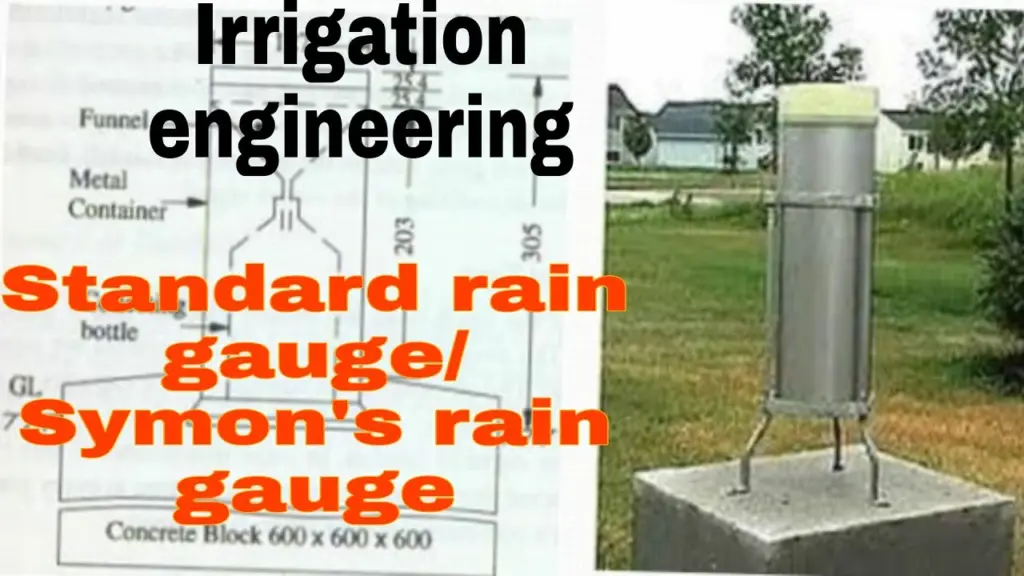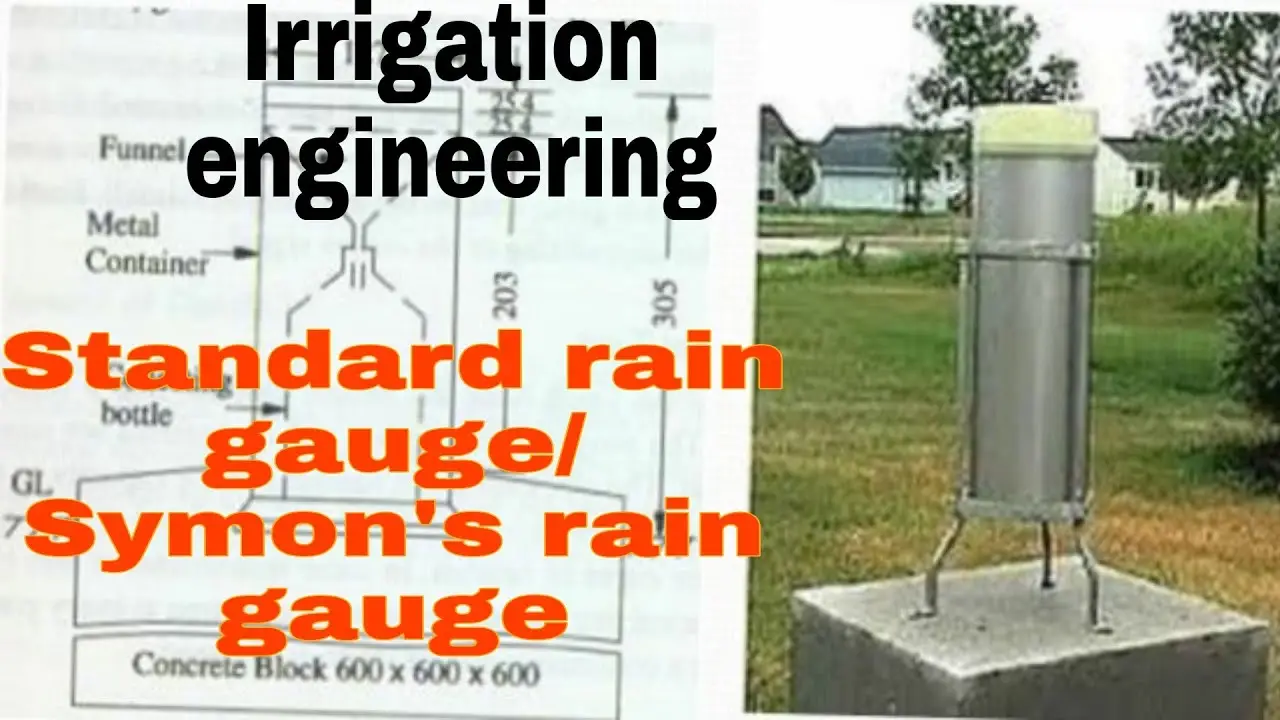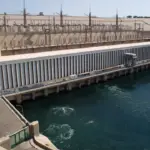The most widely used non-recording type gauge in the world is Symon’s Gauge. As the type of this gauge predicts that it does not record the rain instead of this it only collects the rain. A graduated cylinder is incorporated for measurement of the collected rain.
The receiver also called, junction or connecting bottle has a capacity of measuring 175mm of rainfall. In the areas of large amount of rainfall, rain gauge collectors having 375 mm or 1000 mm capacity is used to measure the depth of rainfall.
In the region of huge amounts of rainfall, a rain gauge with collectors having a capacity of 375 mm or 1000 mm capacity is used to measure the rainfall depths. The rain gauge particularly non-recording type measures the quantity of rainfall and fails to measure the variations.
Depth of Rainfall
The volume of rainfall in cm of water depth is obtained by measuring volume of rain collected in the graduated cylinder. The depth of rain fall formula is given below;
=(Volume of collected water due to rainfall (cm))/(Area of hole of graduated Cylinder that allow the light of gauge (cm^2) )

Symon’s Rain Gauge Diagram
Symon’s Rain Gauge is embedded in the foundation consists of concrete blocks having the dimensions are 600mm x 600mm x 600 mm.
It is made up of 127mm in diameter circular receiving area and connected to a funnel and the collector edge is set at a height of 30.5cm above ground level.
The funnel receives the discharge of rainfall and funnel along with receiving vessel both are housed in a metallic container.
The receiving glass bottle is 7.5cm to 10cm in diameter,
Like Us on Facebook!
A maximum amount of 10 cm is being received in the bottle and in case of heavy rainfall, measurement must be done frequently.
Subscribe Us on YouTube!
The last reading must be taken at 8:30 AM and the sum of the previous readings in the last 24 hours entered as the total rainfall of the day.
Also Read: Load Restraint Systems—Are You Up to Date?
Least Count of Symons Rain Gauge
The smallest division in the Symons rain gauge is 0.2mm. Precipitation can be estimated at around 0.1mm.
How Does Symon’s Rain Gauge Work?
The concept of unit precipitation is independent of the size of area. If the main focus is to measure the precipitation, then the area under consideration can be large or small.
If we take the smallest area possible and absorb the water that falls as rain until it is lost or drained, then we must accurately calculate the depth of water in that small area and measure it in the appropriate units to include.
It gives us amount of precipitation in cm and the area under consideration has similar weather conditions irrespective of small or large area.
Note: The funnel lip is kept 30 cm above the natural surface due to two reasons:
The amount of water that will get lost due to splashing of water into the funnel is reduced.
Keeping the height of the meter above 30 cm reduces the amount of collected rainwater due to wind turbulence produced by the water meter.
Advantages of Symons Rain Gauge
It is quite beneficial for measuring all types of precipitation including rain and snow.
The rain water collected is measured on daily basis.
In the estimation of colder climates, a considerable amount of rainfall accumulates by the removal of funnel collector.
Disadvantages of Symons Rain Gauge
Only rain is collected by this type of gauge.
This gauge shows the particular amount of rain that has fallen in the respective time frame.
The recording and measurement of precipitation cannot be done at the same time.
The Major drawback includes;
- Inability regarding determination of start of rain falls.
- The quantity of rainfall.
- When the rainfall stopped,
- The variation in rain fall intensity during the raining season.




















